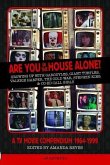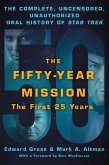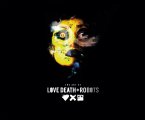"Throughout history, the religious imagination has attempted to control nothing so much as our bodies: what they are and what they mean; what we do with them, with whom, and under what circumstances; how they may be displayed-or, more commonly, how they must be hidden. Religious belief and mandate affect how our bodies are used in ritual practice, as well as how we use them to identify and marginalize threatening religious Others. This book examines how horror culture treats religious bodies that have stepped (or been pushed) out of their 'proper' place. Unlike most books on religion and horror, This book explores the dark spaces where sex, sexual representation, and the sexual body come together with religious belief and scary stories. Because these intersections of sex, horror, and the religious imagination force us to question the nature of consensus reality, supernatural horror, especially as it concerns the body, often shows us the religious imagination at work in real time. It is important to note that the discussion in this book is not limited either to horror cinema or to popular fiction, but considers a wide range of material, including literary horror, weird fiction, graphic storytelling, visual arts, participative culture, and aspects of real-world religious fear. It is less concerned with horror as a genre (which is mainly a function of marketing) and more with the horror mode, a way of storytelling that finds expression across a number of genres, a variety of media, and even blurs the boundary between fiction and non-fiction. This expanded focus not only deepens the pool of potential examples, but invites a much broader readership in for a swim"--








